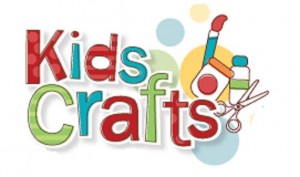 Savvy by Ingrid Law
Savvy by Ingrid Law
My rating: 5 of 5 stars
A delightful swim in the mind and family of Mibs Beaumont. The Beaumonts are a family of get special powers, their savvies, on their thirteenth birthdays and their story falls somewhere between a tall tale and a Cynthia Voight novel. A Wizard of Oz motif adds flavor and meaning without committing that literary sin of drawing a series of parallels and allowing the referenced work to do all the heavy lifting. And there certainly is heavy lifting as Savvy touches on first love, family loss, alienation, and overall the teenage odyssey to find one’s true self.
Although a wonderful book, its deft use of colloquial and idiomatic English for characterization will sadly be lost on all but the most fluent ELL readers. If you have the patience, save this gem until later in your studies, when you become familiar with regional differences in American English.
(Coming on Thursday: a review of the sequel, Scumble)




















